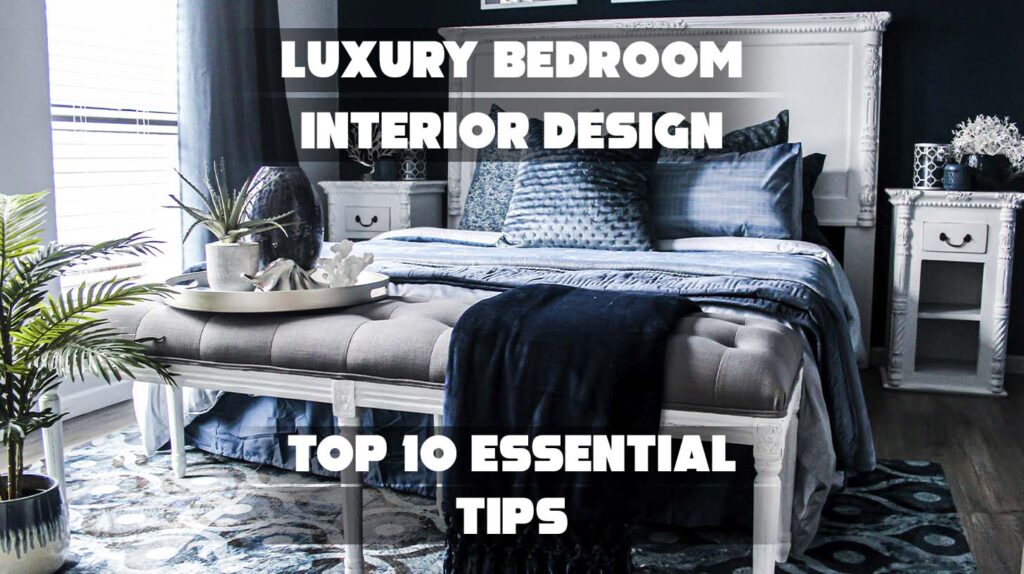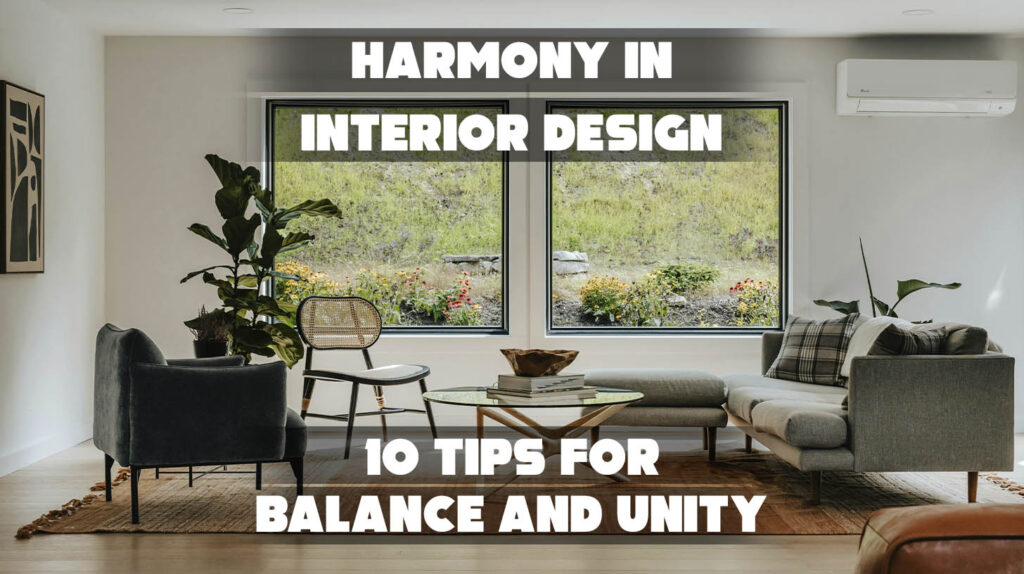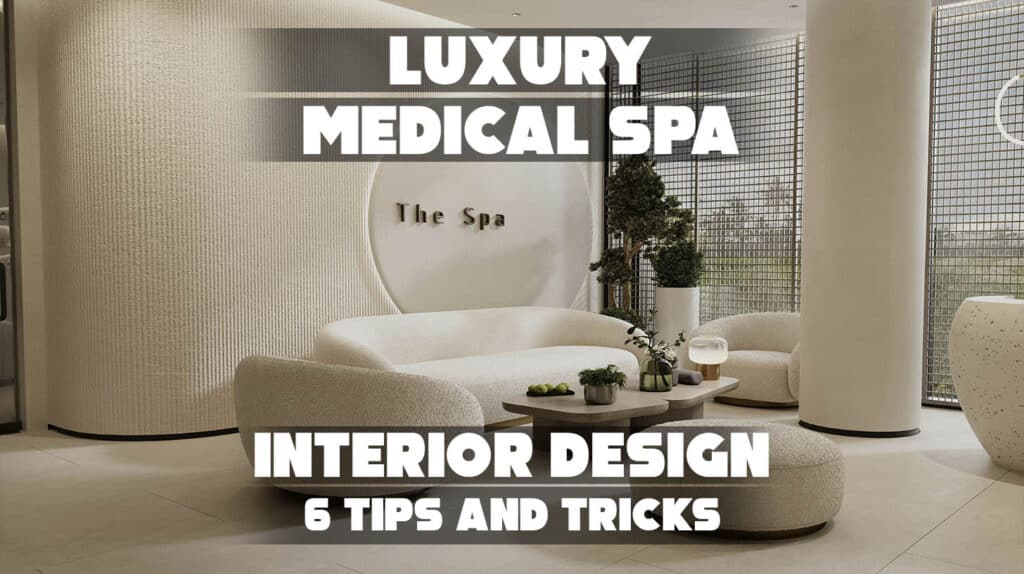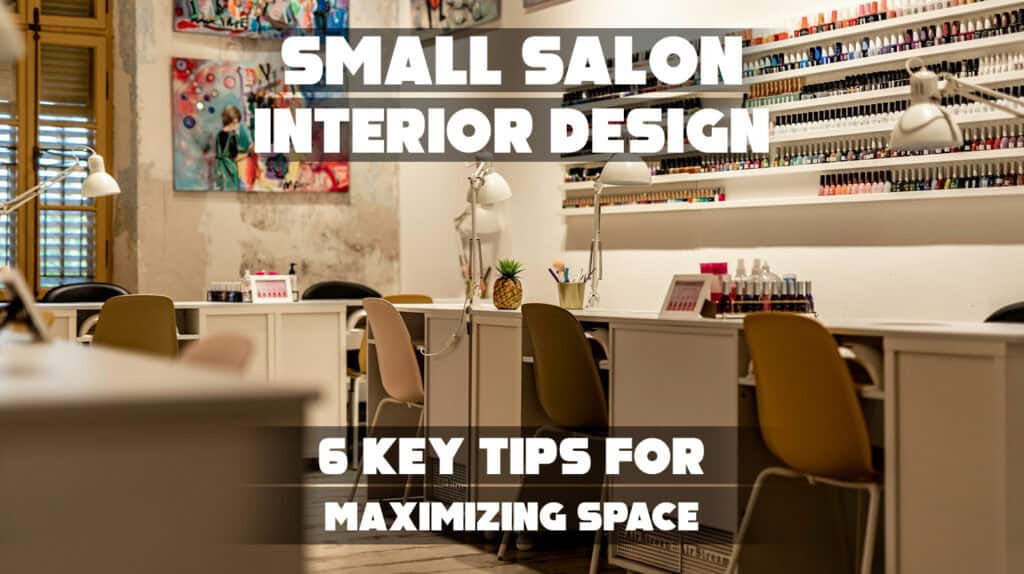Dreaming of a glamorous home that feels both vintage and modern? You’re not alone—many homeowners are drawn to the timeless charm of 1930s Hollywood interior design, but feel overwhelmed about where to begin.
If you’re trying to create a space that’s both stylish and livable, especially a serene 1930s interior design bedroom, you’re in the right place. We understand the challenge of blending vintage elegance with today’s needs.
With years of design expertise, we’ll guide you through curated, practical tips and inspiration, including:
- Elegant modern 1930s interior design solutions
- Stylish and functional 1930s interior design ideas
- How to bring Hollywood glamour into your own home
Keep reading to discover how you can transform your space with confidence—and enjoy the sophisticated, warm atmosphere that only a 1930s-inspired home can offer.
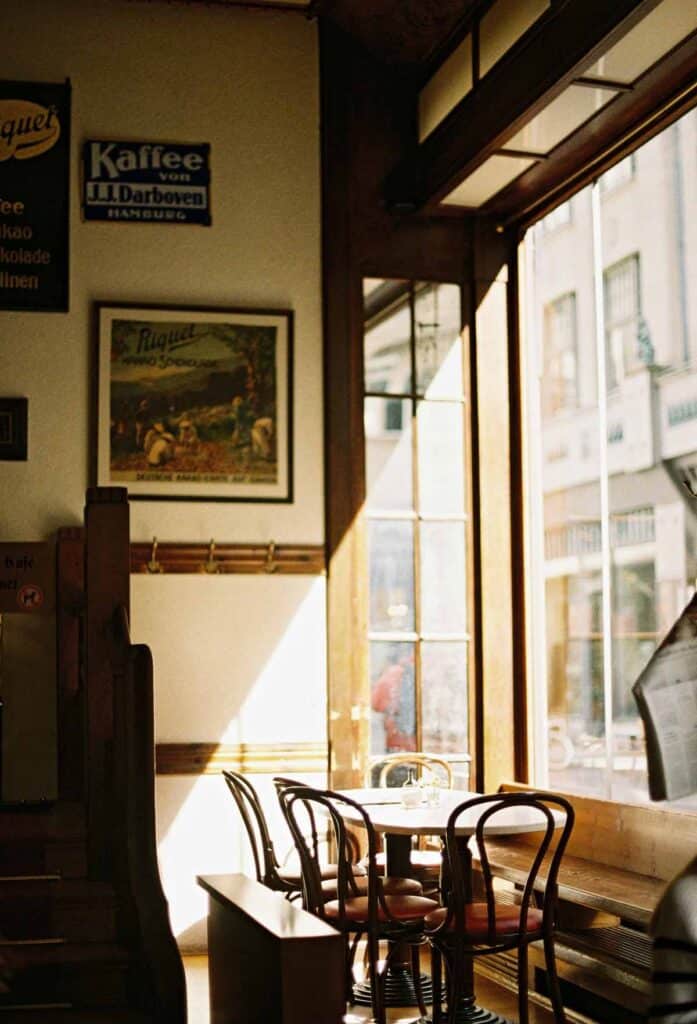
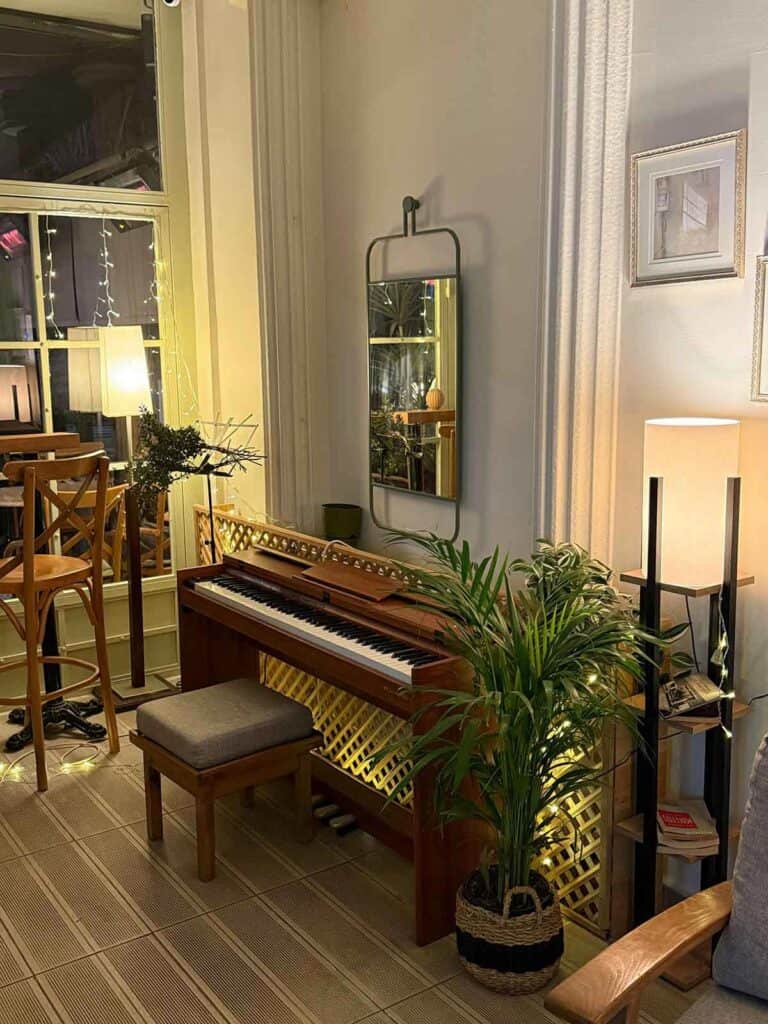
Defining Features of 1930s Interior Design
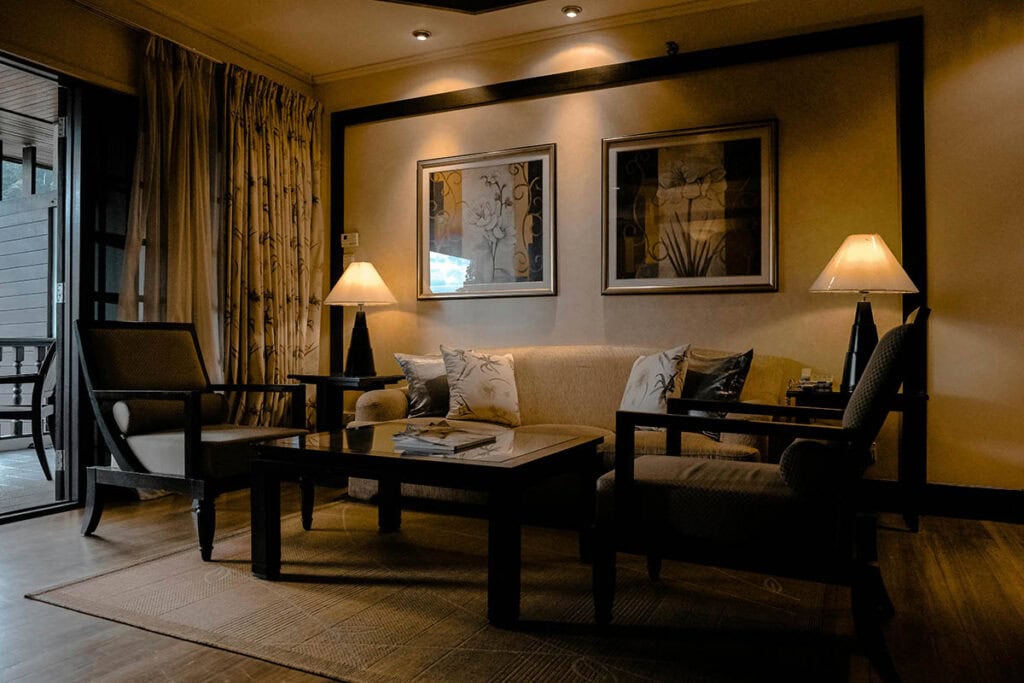
1930s interior design reflects a balance between elegance and practicality amid economic challenges like the Great Depression. It emphasizes clean lines, geometric forms, and colors that create visual interest without excess.
Lighting and materials were chosen both for style and function, contributing to a modern yet approachable aesthetic.
Art Deco dominated 1930s interiors, marked by bold geometric shapes and lavish details. Common motifs included sunburst mirrors, zigzags, and chevrons, appearing on furniture and decorative objects. This style favored luxury through polished surfaces like lacquer and chrome, as well as mirrored accents.
Wall sconces and floor lamps featured curved and angular designs, combining form with lighting function. Despite the economic hardship of the era, Art Deco interiors maintained a glamorous appeal without being overly ornate. The style balanced sophistication with streamlined practicality.
1. Streamlined Modernism
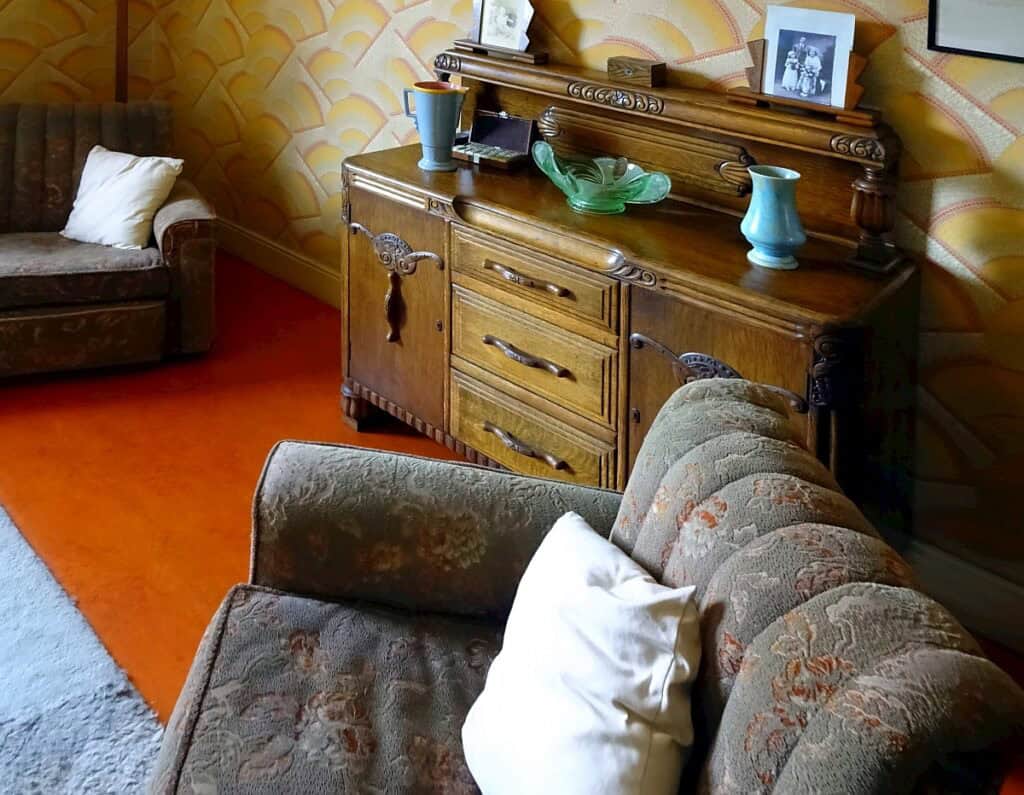
Streamlined Modernism introduced horizontal emphasis and smooth, curved silhouettes. Furniture pieces often had rounded edges with minimal ornamentation, promoting functionality. This style prioritized efficiency in design while reflecting a forward-looking optimism through clean shapes.
Curved lines were common in sofas and cabinetry, making rooms feel airy and uncluttered. This approach contrasted the more decorative Art Deco, focusing instead on structural simplicity. Streamlined Modern interiors frequently employed built-in cabinetry and integrated lighting for a cohesive look.
2. Color Palettes and Patterns
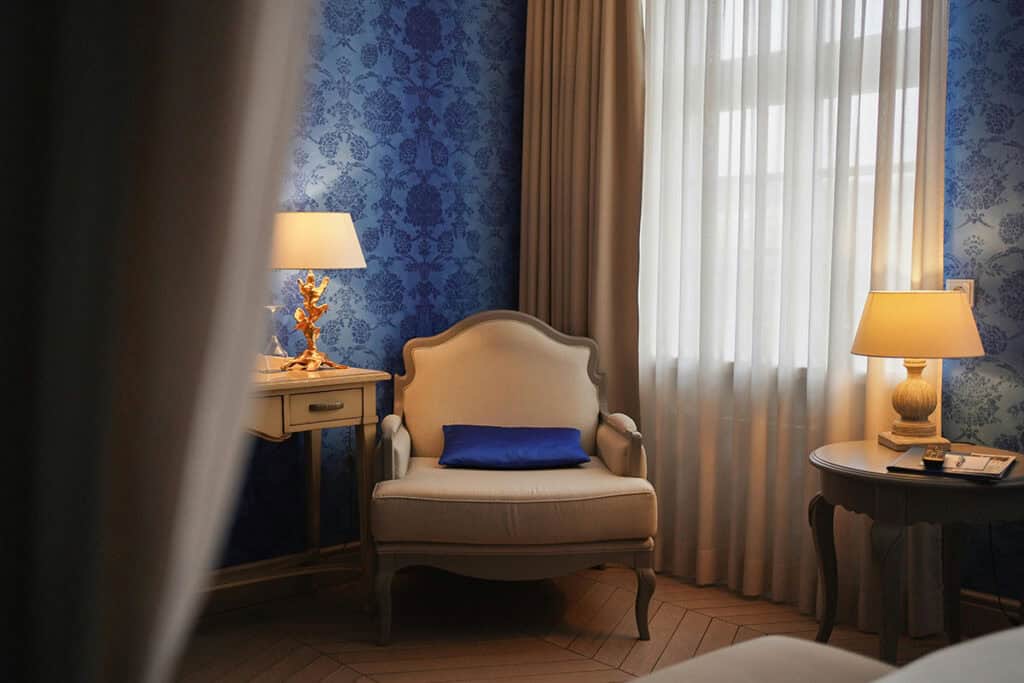
Color choices in 1930s interiors were striking yet balanced. Popular palettes included golds, deep blues, and warm oranges, often combined with monochrome black and white for contrast. These combinations reinforced the period’s bold but measured style.
Geometric patterns were a key feature, manifested in upholstery, rugs, and wallpapers. Designers used zigzags, chevrons, and sunburst motifs to add visual rhythm without excessive complexity. This structured approach to color and pattern created spaces that felt dynamic yet orderly.
3. Materials and Finishes

Materials in 1930s design emphasized durability and style. Lacquered wood, chrome, glass, and mirrored surfaces were frequently used to achieve a polished look. These finishes contributed to the light-reflecting qualities popular in Art Deco interiors.
Fabrics ranged from luxurious velvets to more practical textiles, depending on the room’s function. Metal detailing, especially in lighting fixtures like floor lamps and wall sconces, was common. Functional design was often combined with sophisticated materials to suit both aesthetic and economic needs during the decade.
See Also Modern Classic Interior Design
Furnishings and Decor Elements of 1930s Interior Design
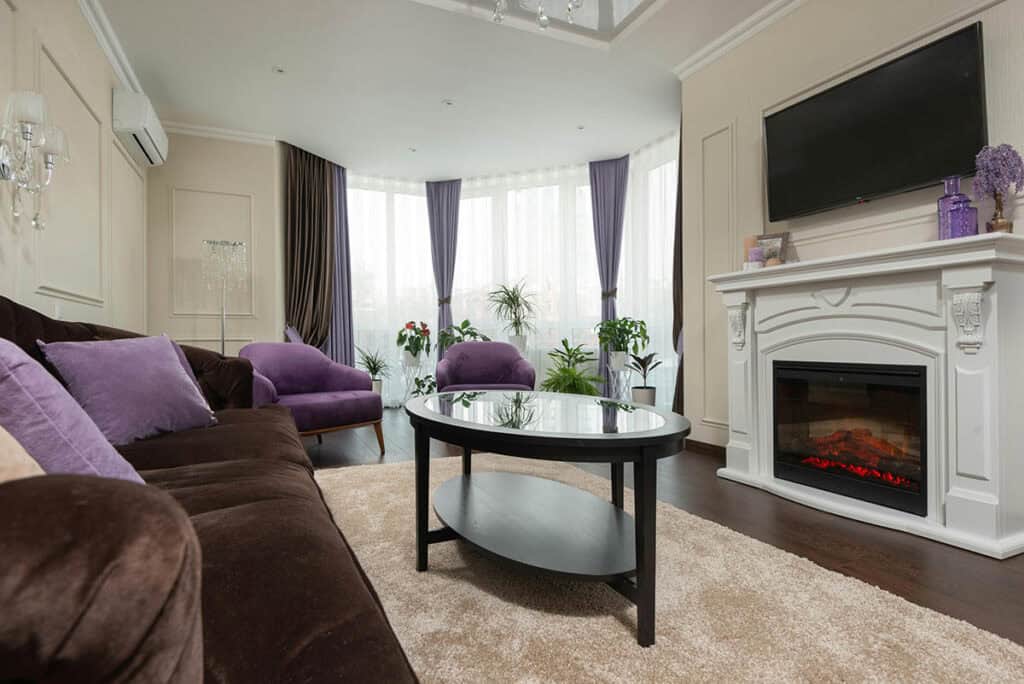
1930s interiors featured a harmonious blend of new materials and refined design principles. The style emphasized clean lines, muted tones, and mirrored surfaces, creating spaces that balanced elegance with functionality.
Living rooms often showcased streamlined furniture paired with distinctive lighting to enhance architectural elements like fireplaces and walls.
Furniture in the 1930s reflected the Streamline Moderne influence, characterized by smooth curves and horizontal lines. Pieces often used new materials such as chrome and glass, adding a modern touch to traditional forms. Sofas and chairs in living rooms favored rounded edges and sleek profiles.
Designers like Dorothy Draper popularized interiors where furniture was both comfortable and visually striking. Upholstered pieces utilized muted pastels or deep jewel tones, creating contrast against lacquered or mirrored surfaces.
The scale of furniture remained balanced to fit various room sizes without overwhelming space or architecture.
4. Lighting Fixtures
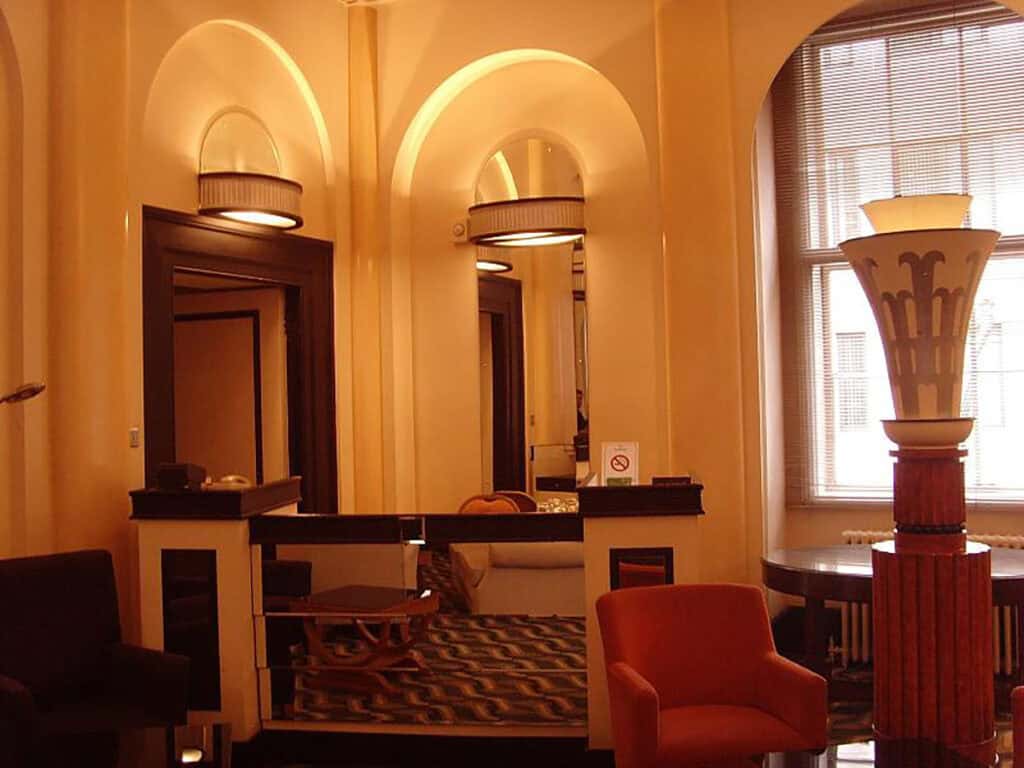
Lighting in 1930s interiors served as a key decorative element. Fixtures frequently combined chrome or brass with frosted glass shades, emphasizing geometric and streamlined designs. Table lamps and sconces often featured stepped or cylindrical forms, integrating smoothly with the overall aesthetic.
Ceiling lights were designed to distribute soft, ambient light, complementing mirrored walls and lacquer finishes. These lighting choices enhanced the room’s spatial harmony and highlighted important architectural details like fireplaces and built-in cabinetry.
5. Textiles and Upholstery
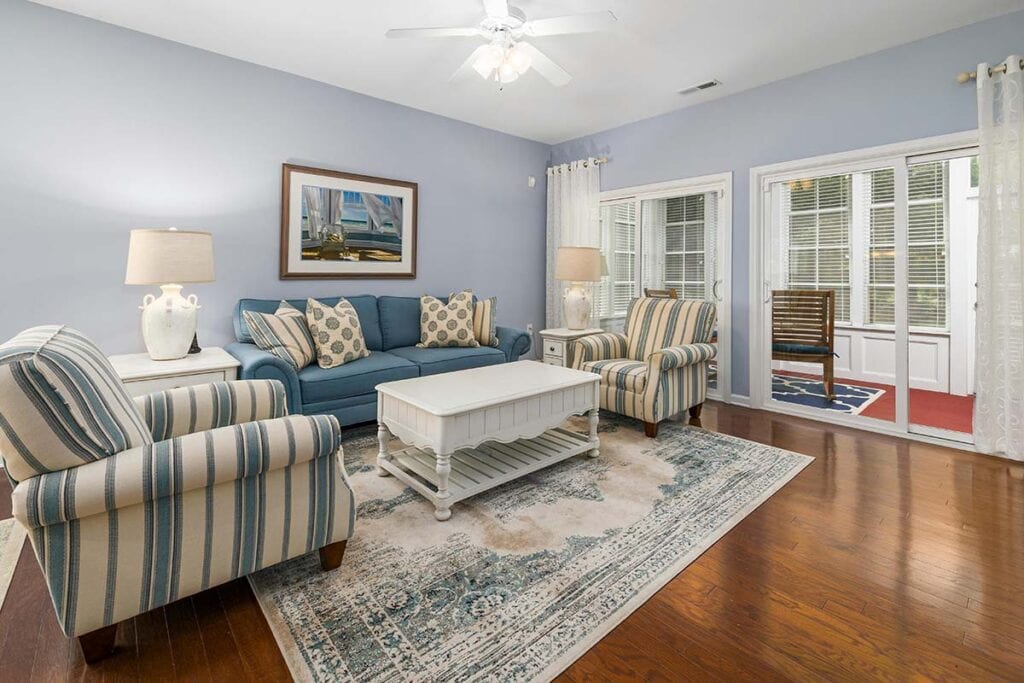
Textiles in the 1930s balanced luxury and practicality. Plush velvet and satin were popular, often in soft pastel hues or muted earth tones. Upholstery focused on smooth, wrinkle-free surfaces to maintain a clean, polished look.
Patterns were typically geometric or abstract, reinforcing the era’s preference for clean lines and modern motifs.
Wall coverings and curtains echoed these choices, contributing to a cohesive style throughout the interiors. The fabric selections supported the furniture’s streamlined shapes and the overall atmosphere of subtle sophistication.
See Also Renaissance Interior Design
Decorating a Home in 1930s Interior Design
Decorating in 1930s style emphasizes a balance between elegance and simplicity, focusing on functional layouts and timeless materials. The key elements include well-planned spaces, vintage accessories that highlight the Art Deco influence, and thoughtful restoration combined with modern updates.
1930s interiors favored open yet defined spaces that allowed both comfort and style. Rooms often featured streamlined furniture arranged to enhance flow and conversation, particularly in living rooms. The use of built-in storage and space-saving designs was common, reflecting the era’s focus on efficiency without sacrificing elegance.
Color schemes usually included muted pastels or bold combinations like deep blues, golds, and oranges. Walls and ceilings were painted in soft tones to contrast with darker wooden features such as flooring or furniture frames. Rugs with geometric patterns often anchored rooms, adding warmth and texture.
The bedroom layout emphasized restful space with minimal clutter. Beds and wardrobes featured curved, polished wooden designs. Lighting fixtures, often made of glass or chrome, highlighted architectural details while creating inviting atmospheres.
Adding authentic 1930s accessories enhances the vintage ambiance and showcases the era’s aesthetic focus on intricate detail. Decorative objects such as mirrored trays, art deco lamps, and glass vases add stylish highlights without overwhelming the room.
Wall art with geometric or nature-inspired motifs offers a strong period feel. Vintage clocks, radios, and framed prints provide functional decoration that carries historical charm. Textiles like velvet cushions or silk curtains with subtle sheen reflect the mix of luxury and simplicity.
Small details like brass door handles, patterned wallpaper borders, or ceramic figurines contribute to authenticity. Coordinating these finds with existing features, like hardwood floors or original ceiling moulding, can create a cohesive and richly layered design.
6. Restoration Tips and Modern Adaptations
When restoring 1930s interiors, maintaining original materials is essential. Surfaces such as wood and glass should be cleaned and preserved rather than replaced. Removing modern paint layers carefully can reveal historic colours that align with the era’s palette.
Modern adaptations might include upgrading lighting to LED bulbs within vintage fixtures or installing discreet heating without altering original radiators. Combining modern comfort with period style allows rooms to remain practical while respecting their character.
In kitchens and bathrooms, incorporating streamlined cabinetry and chrome hardware inspired by 1930s design maintains continuity. Attention to ceiling details like plaster or wood trim can be restored to emphasize the era’s architectural features.
Using this approach preserves the home’s integrity and celebrates the 1930s influence, blending past and present effectively.
See Also Modern French Interior Design
1930s Interior Design: A Recap
The enduring appeal of 1930s interior decor lies in its seamless blend of elegance, practicality, and innovation.
Whether inspired by the bold geometry of Art Deco or the clean curves of Streamlined Modernism, the interior design of a 1930s house showcases thoughtful craftsmanship, distinctive color palettes, and refined materials that continue to influence modern aesthetics.
By exploring the characteristic features—from mirrored surfaces and curved furniture to geometric patterns and balanced lighting—homeowners can authentically capture the charm of the era.
Embracing 1930s home interior design not only honors a rich design legacy but also offers a timeless approach to creating stylish, functional living spaces today.




